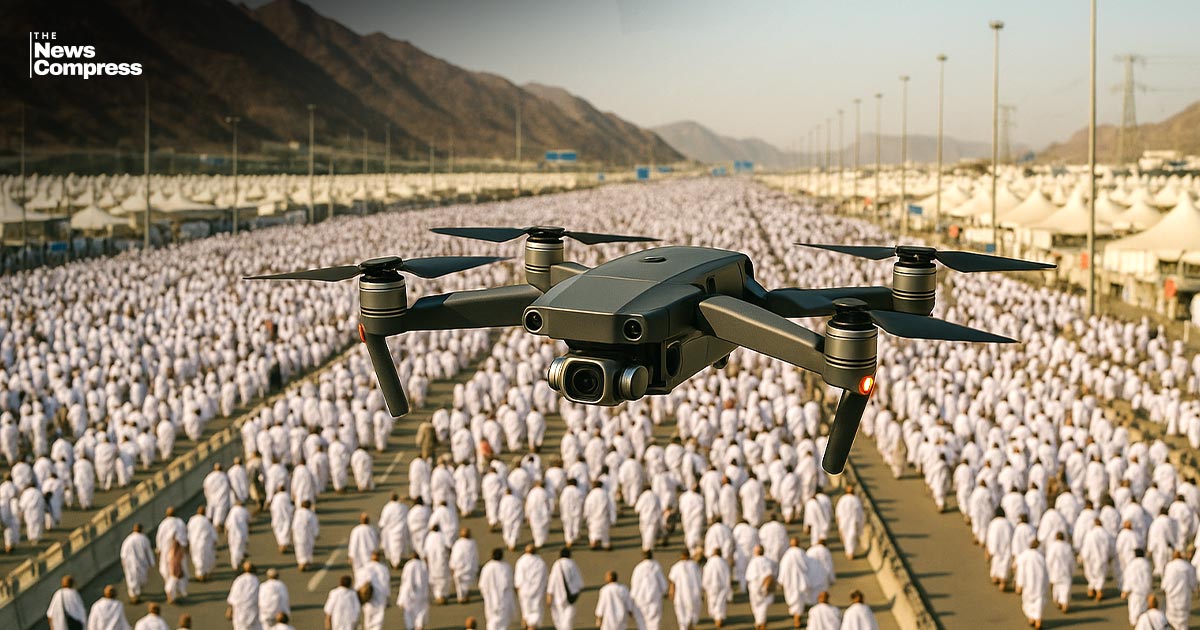Published: June 5, 2025, 02:44 PM

Image: AI Generated
As over 1.4 million pilgrims converge on Mecca for this year’s Hajj, Saudi authorities have rolled out a sophisticated network of artificial intelligence (AI), drones, and more than 15,000 surveillance cameras to ensure crowd safety and smooth logistics during one of the world’s largest annual religious events.
Saudi officials are working around the clock in high-tech control rooms, using AI to analyze vast streams of live footage and data. These systems are designed to detect abnormal crowd movements, predict bottlenecks, and help prevent the kind of deadly stampedes that have marred previous pilgrimages.
“This control room is our eye on the ground,” said Mohammed al-Qarni, who oversees Hajj and year-round Umrah pilgrimage operations at the Royal Commission for Mecca. He explained that the AI technology can assess real-time crowd density, forecast potential risks, and guide decision-making before critical situations unfold.
More than 20,000 buses transporting pilgrims between the holy sites are being guided by AI-powered software that determines optimal routes and schedules. On-site, drones and robot-like cameras film key areas along the 20-kilometer route between Mecca and Mount Arafat.
Inside the central control room in Mecca, dozens of staff monitor real-time crowd behavior using maps, camera feeds, and predictive analytics. Cameras on nearby hills, designed to resemble small white robots, provide a 360-degree view of buildings and roads along the pilgrimage route.
Mohamed Nazier, CEO of the General Transport Centre, explained that these smart systems help prevent pedestrian-vehicle collisions and reduce walking time under the desert sun.
In response to last year’s tragic loss of 1,301 lives—many of whom were unauthorized pilgrims exposed to extreme heat—Saudi officials have introduced thermal imaging cameras and drones to detect individuals without permits. These technologies allow security teams to monitor body temperature and spot unauthorized access points.
Temperatures are expected to exceed 40°C this week. Last year’s high hit a record 51.8°C, with many victims lacking access to air-conditioned tents or transport.
Lieutenant General Mohammed bin Abdullah Al-Bassami, director general of public security, confirmed that AI, drones, and thermal imaging cameras are key tools in this year’s expanded surveillance system. The Saudi Special Forces for Roads Security is also utilizing “smart thermal imaging” to secure the perimeter of Mecca and the sacred sites.
The AI systems have already proven effective. During Ramadan, authorities used the technology to detect when the Grand Mosque (Masjid al-Haram) reached capacity, triggering a system response to halt additional entry and prevent overcrowding.
With Hajj being one of the five pillars of Islam, ensuring the safety of millions of pilgrims is paramount. Through cutting-edge technology, Saudi Arabia aims to make this year`s pilgrimage safer and more efficient than ever before.